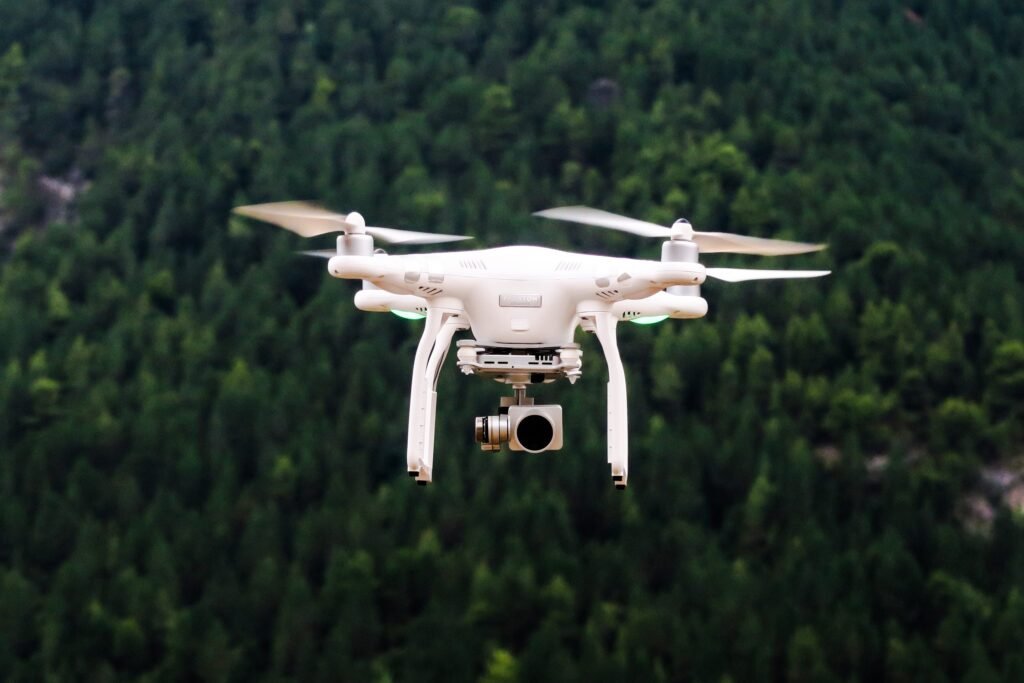
Unmanned Aerial Vehicles (UAVs), commonly known as drones, are transforming the way we monitor our environment. Equipped with high-resolution cameras and advanced sensors, UAVs can capture detailed data from hard-to-reach areas, providing insights that traditional methods often miss. From tracking wildlife to assessing deforestation, UAVs are paving the way for more effective environmental management.
Why Choose UAVs for Environmental Monitoring? ✨
UAVs offer numerous advantages when it comes to environmental monitoring:
Real-Time Data Collection: UAVs can gather data quickly, allowing for timely decision-making in conservation efforts. This rapid data acquisition is crucial for addressing environmental issues as they arise.
Cost-Effective: Compared to traditional methods, UAVs reduce the need for extensive manpower and equipment, making monitoring more affordable. This cost efficiency enables organizations to allocate resources more effectively.
Minimal Environmental Impact: Drones can monitor sensitive areas without disturbing wildlife or ecosystems. Their ability to fly at various altitudes allows for discreet observation, minimizing human interference.
Versatile Applications: From assessing air quality to mapping land use changes, UAVs can be tailored for various environmental studies. Their adaptability makes them suitable for a wide range of applications, including agriculture, forestry, and urban planning.
UAVs in Action: Real-World Case Studies 📊
UAV technology is already making a significant impact in various environmental monitoring efforts:
Deforestation Monitoring in the Amazon: UAVs are deployed to detect illegal logging activities and monitor forest health. By providing crucial data for conservationists, these drones help protect one of the world’s most vital ecosystems.
Wildlife Conservation in Africa: Drones are used to track endangered species and monitor their habitats, helping to combat poaching and habitat loss. This innovative approach allows conservationists to gather data without disturbing the animals.
Water Quality Assessment: UAVs equipped with sensors measure pollutants in rivers and lakes, aiding in the management of water resources. This capability is essential for ensuring the health of aquatic ecosystems and the communities that rely on them.
With UAV technology, we can protect our planet more effectively than ever before. As we continue to explore the potential of drones in environmental monitoring, we are taking significant steps toward a more sustainable future. 🌱
